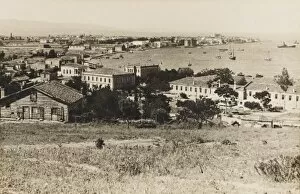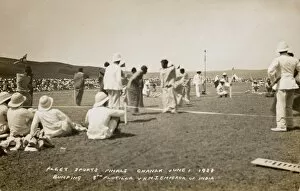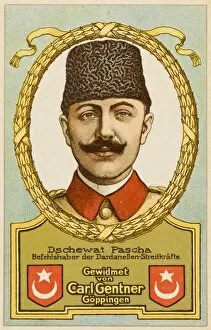Dardanelles Collection (page 11)
"Dardanelles: A Historic Battlefield and Symbol of Sacrifice" The Dardanelles, a narrow strait connecting the Aegean Sea to the Sea of Marmara
All Professionally Made to Order for Quick Shipping
"Dardanelles: A Historic Battlefield and Symbol of Sacrifice" The Dardanelles, a narrow strait connecting the Aegean Sea to the Sea of Marmara, holds a significant place in history. From ancient times to World War One and beyond, it has witnessed countless tales of valor and tragedy. In World War One, this strategic waterway became the stage for fierce battles between British troops and Turkish forces led by Ismail Enver Pasha. Lord Kitchener himself was seen standing resolute in the trenches, guiding his men through treacherous terrain. The Badges of Scottish Regiments proudly adorned their uniforms as they fought with unwavering determination. Across the sea at Anzac Cove on Gallipoli Peninsula, Australian soldiers etched their names into history books with their bravery. They faced unimaginable hardships while landing supplies at V Beach during World War Two - an enduring testament to their resilience. But even before these modern conflicts, it had already left its mark on humanity's collective memory. Xerxes' legendary bridge of boats across the Hellespont in 480 BC showcased mankind's ingenuity and ambition. Today, visitors can pay homage to those who made the ultimate sacrifice at Gallipoli by visiting poignant memorials like Sydney's Anzac Memorial bas-relief or witnessing remnants of Asiatic Annie - a powerful artillery piece used during WWI. The Dardanelles stands as a symbol not only for war but also for unity among nations that have learned from past mistakes. It serves as a reminder that even amidst chaos and destruction, there is always room for hope and reconciliation.



































